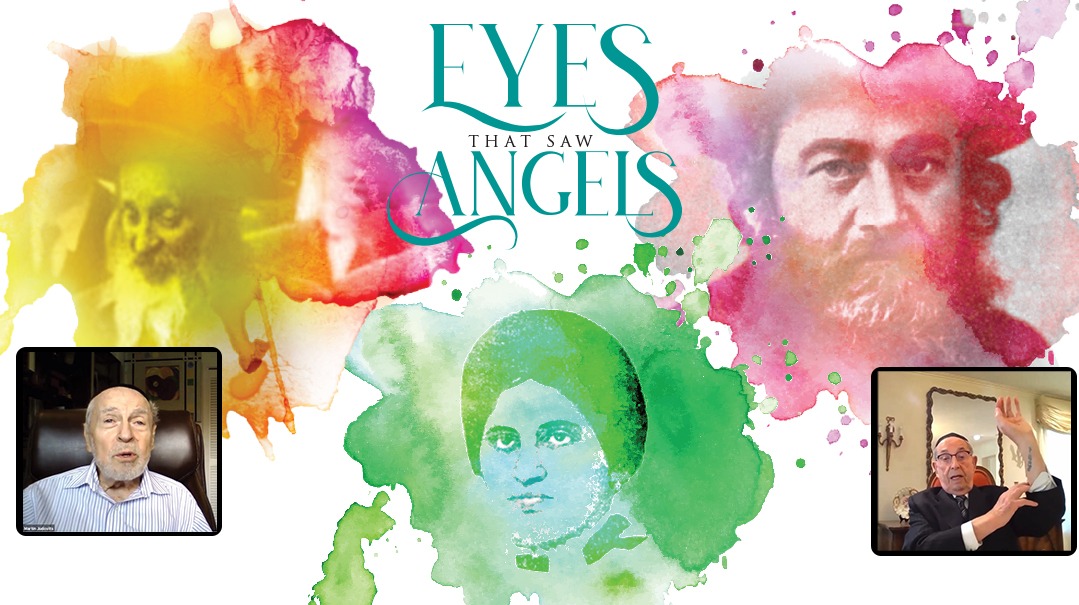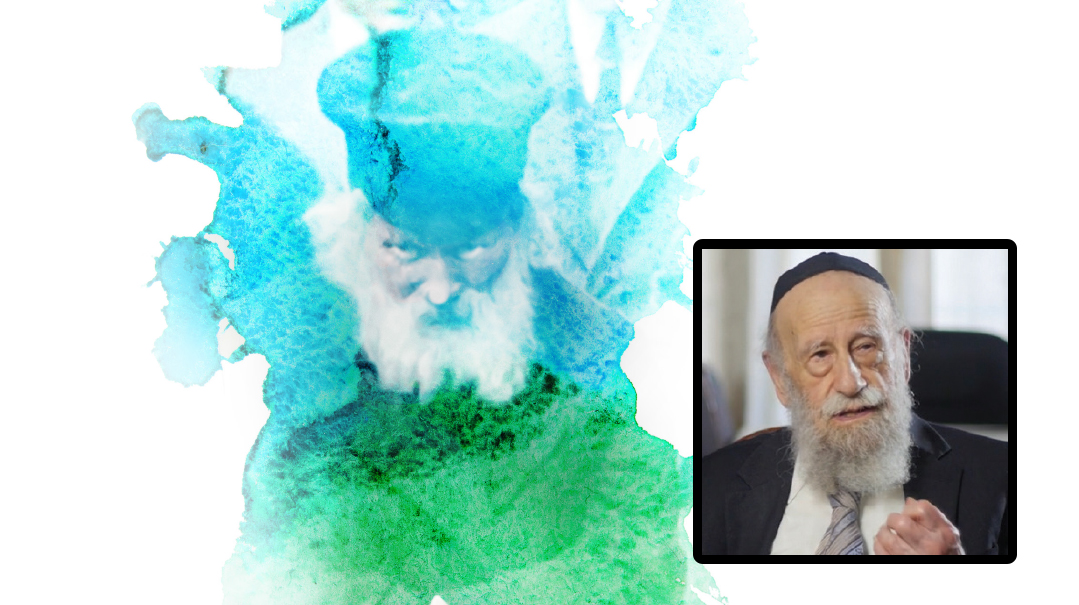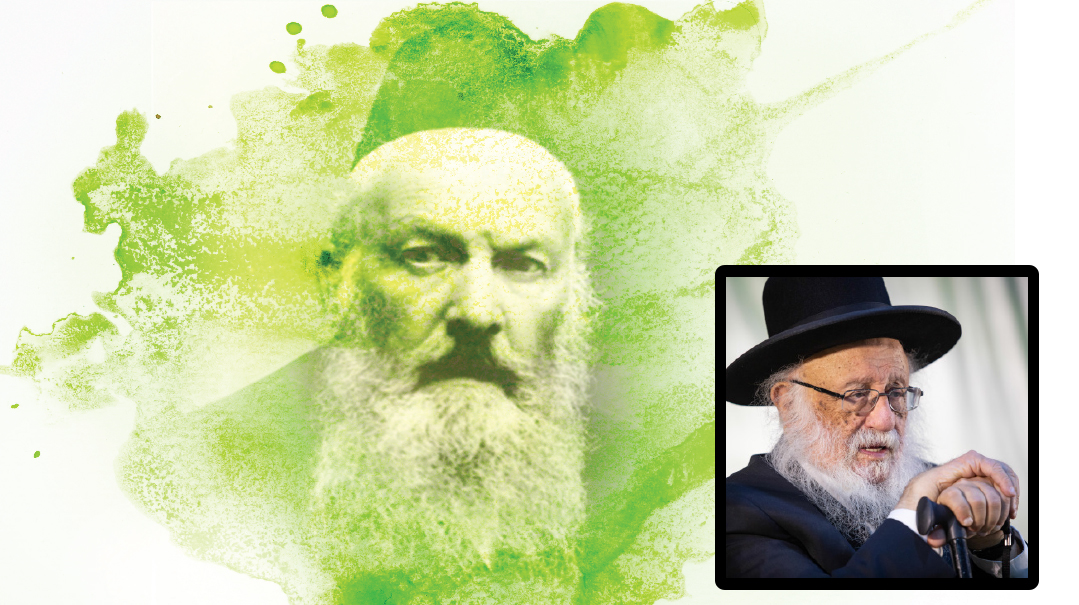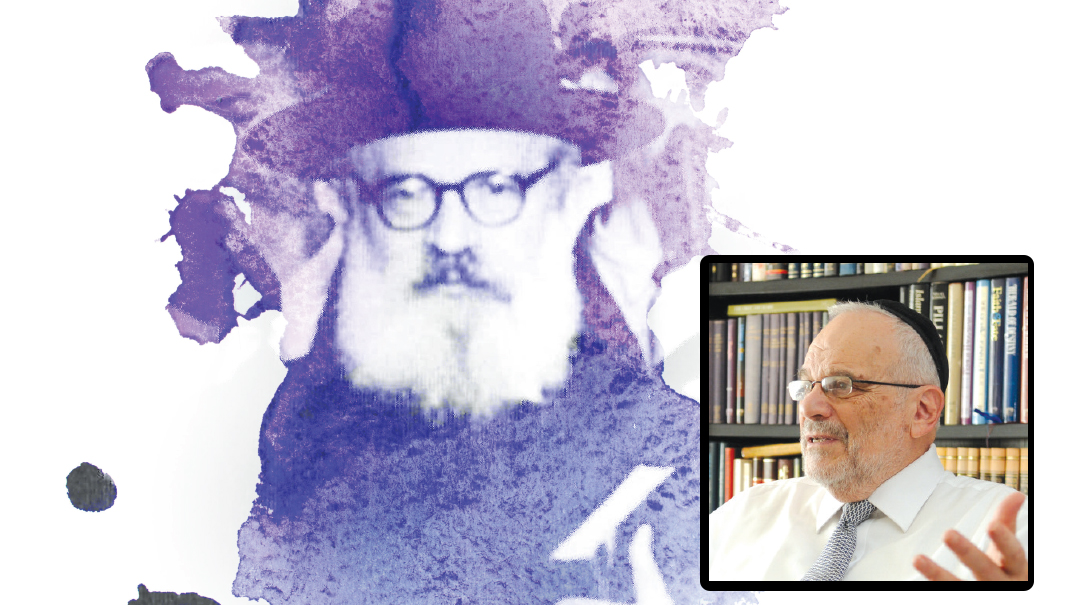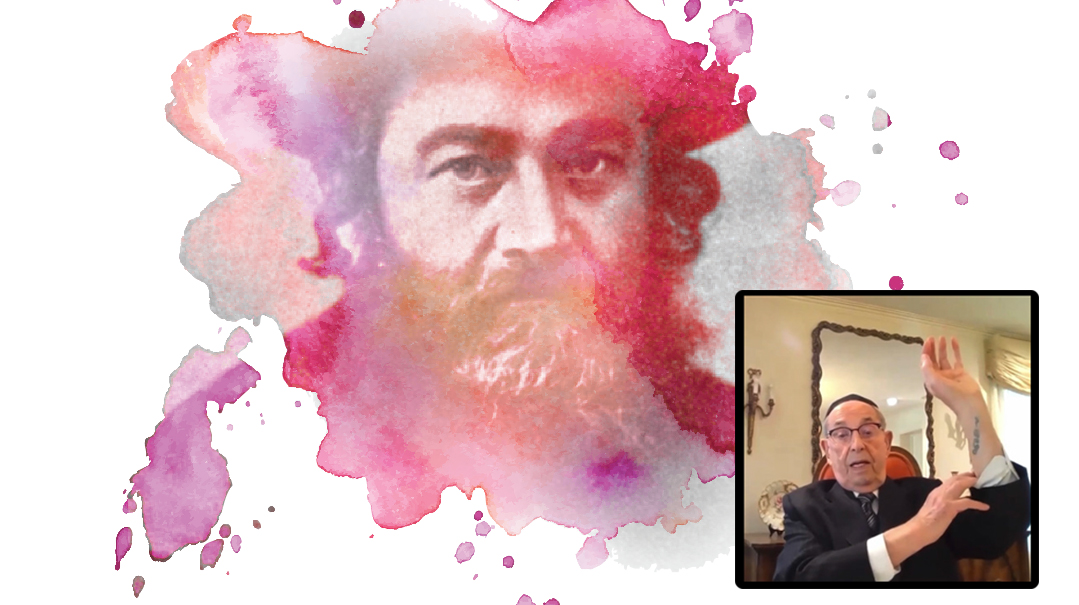Sweetness That Lingered
| March 23, 2021Venerable individuals still among us share their recollections of personal encounters with yesteryear's giants
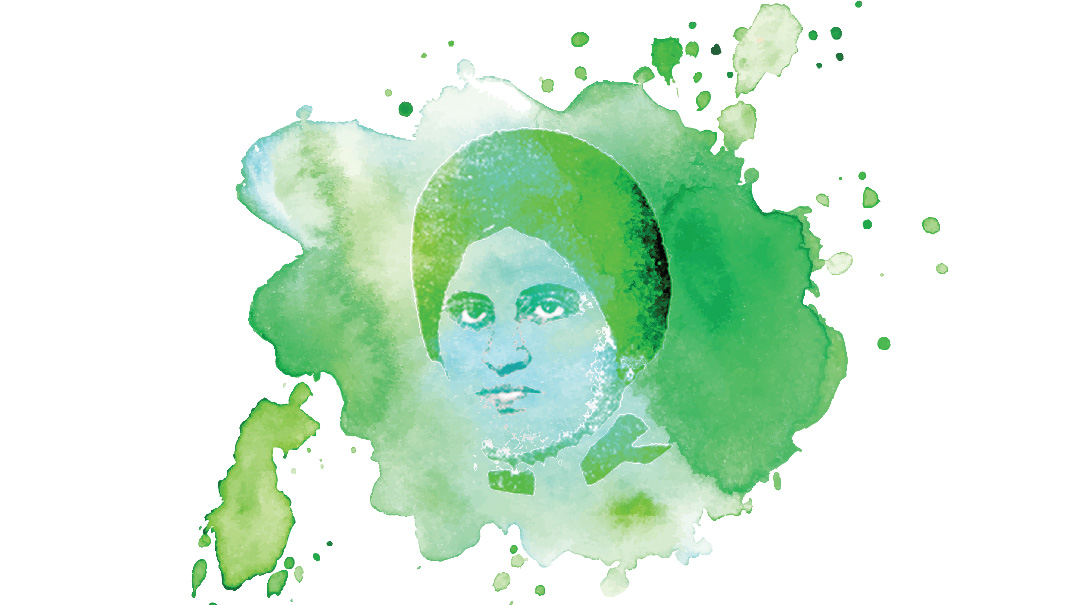
Mrs. Chava Bleeman
Toronto, Ontario
Eyes that saw Frau Sarah Schenirer
Growing up in a home of Sanz chassidim in the Galician town of Oshpitzin (Oświęcim), Chava was exposed early on to the glory of the house of Sanz. As a young child, she stood on a balcony observing the street packed with local Jews, waiting for a visit to the town by the holy Kedushas Tzion of Bobov, Rav Bentzion Halberstam Hy”d. The little girl thrilled as a procession approached, led by chassidim riding white stallions.
While her four brothers attended the local Kesser Torah yeshivah of the Radomsker Rebbe, Chava became one of the first students of a newly founded afternoon Bais Yaakov. The formative group — about 20 girls of all different ages — was taught by teenagers who’d studied in Sarah Schenirer’s Bais Yaakov in Krakow. Aside from the daily classes, they’d gather on Shabbos morning for group davening and other activities.
A highlight of the Bais Yaakov experience was a visit from Frau Sarah Schenirer herself. She would sojourn around Poland, speaking and inspiring the young charges. When Sarah Schenirer would arrive in the town for a visit to the local Bais Yaakov, the young girls understood they were part of a larger countrywide movement, with a loving teacher at the helm.
During her visit to Oshpitzin, she spoke collectively to the group and individually to each girl. “She was so sweet,” Mrs. Bleeman remembers. “It was such a happy occasion; she was so easy to talk to and spoke with such warmth.” Though she arrived without pomp or ceremony, and the content of the conversation has also disappeared into the abyss of history, the impressions remain fresh and clear, and the love and sweetness have lasted well beyond the brief encounter.
Her Bais Yaakov training would serve Chava well in the dark days ahead. At the Nazi concentration camp of Parschnitz where she was interred, she found several Bais Yaakov friends from Osphitzin. They in turn were befriended by several members of the Halberstam family, including two granddaughters of the Divrei Chaim’s son Rav Dovid, the Chrzanow Rav.
These girls would keep track of Shabbos and Yom Tov and remind the others of their approach. They had even smuggled a siddur into the camp, from which they took turns to secretly steal a quick prayer. Their fortitude and camaraderie earned them the begrudging respect of the feared lagerfuhrer, who spared them from the beatings and humiliation she administered to other inmates, dubbing the group “The Kultursgemeinde” (culture society).
Astounding as it may sound, Mrs. Bleeman recalls moments when the girls would even sing in unison: zemiros would echo through the barracks, and the words “Ivdu es Hashem b’simchah” reverberated across their personal hell. Even nonreligious inmates were taken by their songs.
Following liberation and a harrowing journey hitchhiking across Germany, Chava made it to the Bergen-Belsen Displaced Persons (DP) camp. Here she discovered that another legendary Bais Yaakov survivor, Tzila Orlean, had established a flourishing Bais Yaakov for the broken survivors looking to make up for lost time and reconnect to Yiddishkeit. Eager to rebuild as well, Chava joined the DP Camp Bais Yaakov.
From the sweetness of the Bais Yaakov where she met Sarah Schenirer, through the improvised “Bais Yaakov” in a concentration camp, Mrs. Bleeman sees a full circle as generations of Jewish girls set off every morning to perpetuate Frau Schenirer’s dream.
Yehuda Says
Established by the last Radomsker Rebbe, Rav Shlomo Chanoch Rabinowitz, the Kesser Torah yeshivah network encompassed 36 yeshivos, totaling approximately 3,000 talmidim in interwar Poland. Resembling in structure and substance its Lithuanian counterpart, chassidim from all dynasties were among its talmidim, including many who were taken by the Rebbe’s charisma and became devoted followers. As the Radomsker Rebbe was independently wealthy, he personally funded Kesser Torah, and the yeshivos flourished until his martyrdom in the Warsaw Ghetto in the summer of 1942.
(Originally featured in Mishpacha, Issue 854)
Oops! We could not locate your form.







